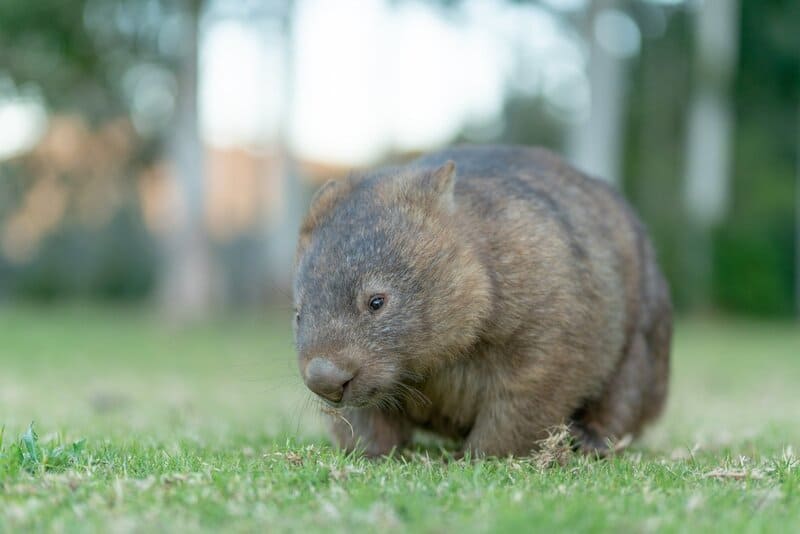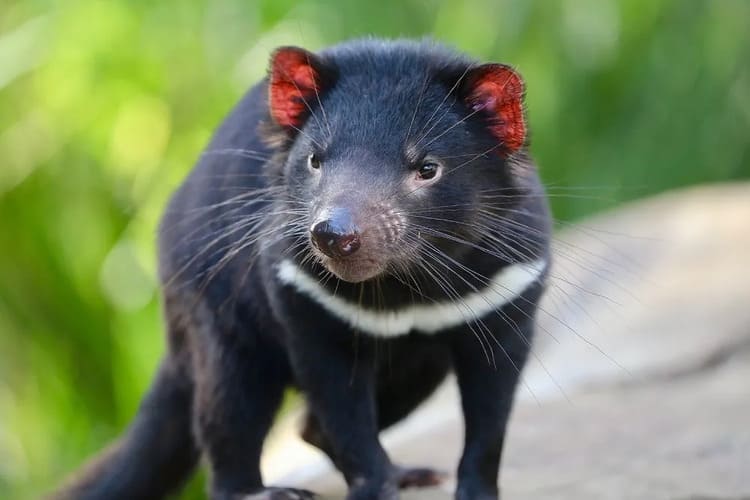Scandentia
IUCN
LCBasic Information
Scientific classification
- name:Scandentia
- Scientific Name:Scandentia,Sino-Burmese tree shrew, Northern tree shrew
- Outline:Mammal
- Family:T.shrews
Vital signs
- length:26-41cm
- Weight:50-270g
- lifetime:
Feature
Can produce 8 different sounds for alarm, attention, contact and defense.
Distribution and Habitat
Tree shrews are mainly distributed in the Malay Peninsula in Southeast Asia. In China, they are distributed in Sichuan, Yunnan, southern Tibet, Guangxi, Guizhou and Hainan Island. Abroad, they are distributed in southern Nepal, northern India, Bhutan, Bangladesh, Vietnam, Thailand, Laos, Cambodia, etc., and the southernmost reaches the Isthmus of Kra.
Tree shrews mainly live in deciduous and evergreen forests and secondary forests in tropical and subtropical regions. They like humid environments with temperatures around 25 degrees Celsius and humidity at least between 45 and 50%. They also often appear in bushes, artificial plantations and rural gardens. Wild tree shrews are mostly active in the hills and shrubs near farmhouses on the plains. Sometimes they go in and out of farmhouses and gardens. They are flexible, digging holes in the mounds and nesting in trees. They are often seen alone in the jungle or village roads and gardens.
Appearance
A small mammal that looks like a squirrel. The snout is blunt and round, longer than that of rodents. The ears are short, 15-20mm. The head and body are 160-230mm long. The tail is 150-200mm long, close to the head and body length, and the tail is flat, which is different from the fluffy tail of a squirrel. The hair on the back varies in color, most of the back hair is brownish yellow, mixed with black and white hair, so the back is dirty brown or dirty yellow as a whole. The hair on the abdomen is usually light yellow. There is obvious geographical variation in the hair color, the Yunnan population is more olive brown, while the Hainan population is scarlet. Females have three pairs of nipples.
Details
Tree shrews are highly adaptable and are distributed from low altitude areas close to sea level to plateaus at an altitude of about 3,000 meters. They live in a variety of habitats such as deciduous forests, evergreen broad-leaved forests, tropical rainforests and limestone, and can also use secondary environments such as palm gardens. They feed on a wide range of invertebrates, as well as plant foods such as flowers and fruits.
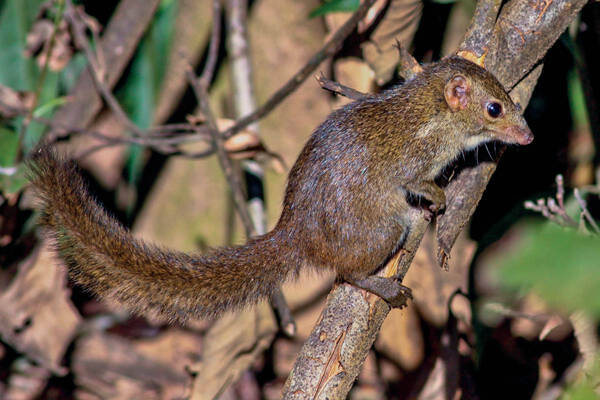
Tree shrews are typical arboreal species. They are active both day and night. They have territorial behavior, showing strong hostility to the same sex entering their territory, but can tolerate the opposite sex entering. Tree shrews are monogamous and can reproduce all year round, with a gestation period of 40-52 days. They do not have typical parenting behavior and are extremely sensitive. Frightened female tree shrews may eat their cubs. Northern tree shrew cubs can move and forage on their own 48 hours after birth.
Tree shrews are most active at dawn and dusk, and are less active at noon. They are good at climbing, jumping, and agile. They are timid and easily startled. Females live in pairs and do not live in groups. Males are ferocious and often fight with each other. They have a strong sense of territory and use scent markings to indicate the scope of their territory. It can make 8 different sounds for alarm, attention, contact and defense, ranging from 0.4hz to 20khz. The sound structure depends on the individual's state and motivation, and the pitch increases with the increase of fear. The food is mainly insects, and it can also eat young birds, bird eggs, cereals, fruits, leaves, etc.
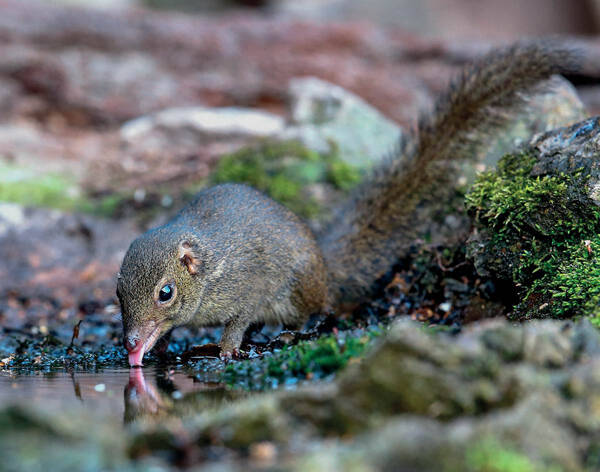
Tree shrews were once considered a subspecies of the common tree shrew (<Tupaia glis>), but the two have different numbers of nipples and obvious genetic differences. Some Chinese scholars believe that there are 8 subspecies of northern tree shrews, but this view has not been accepted by international peers. At present, it is generally believed that there are 2 subspecies of northern tree shrews. Obviously, the classification system of northern tree shrews has yet to be determined. Compared with the commonly used experimental animals rats and mice, northern tree shrews are more closely related to primates. Genomic research has also confirmed that tree shrews have more homologous genes with humans, so they are considered to have the potential to become animal models of human diseases.
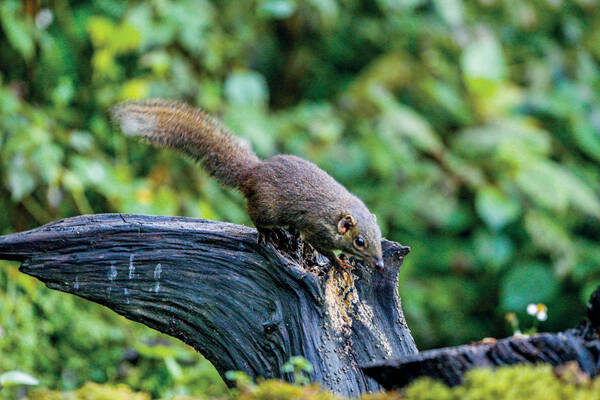
In recent years, China has done a lot of basic research on the medical application of tree shrews. It is mainly used for research on the nervous and digestive systems, hepatitis A and B, rotavirus, carcinogenesis, and family planning.
The results of the whole genome sequencing analysis of tree shrews and multiple studies at home and abroad show that their kinship is closest to primates (about 93.4%), and they are similar to humans in terms of tissue anatomy, physiology, biochemistry, nervous system (brain function), metabolic system and immune system. Compared with primates, they have the characteristics of small size, short breeding cycle, easy experimental operation and low breeding cost. They have been widely used in the field of biomedical research, especially in the establishment of animal models and mechanism research of human diseases such as hepatitis C, hepatitis B, hand, foot and mouth disease, metabolic syndrome, depression and "emergency", which has become a research hotspot for scholars at home and abroad.
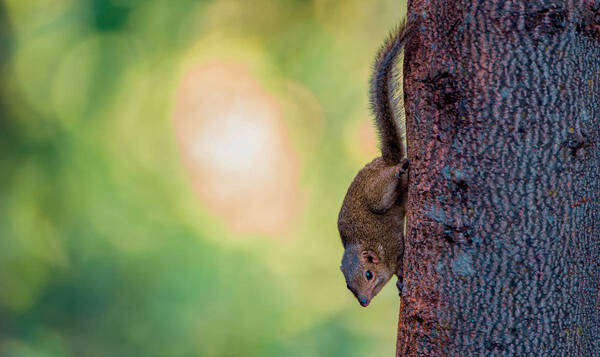
Listed in the 2016 IUCN Red List of Threatened Species ver 3.1 - Least Concern (LC)
Listed in the China Biodiversity Red List - Vertebrate Volume - Low Concern (LC)

